Free download: Top 10 Natural & Easy Remedies for Joint Pain from Home. Learn these helpful remedies.
Estimated Reading Time: 6 minutes read
Improving lumbo-pelvic stability focuses on strengthening the muscles in your lower back and pelvis. This not only helps your body move better but also keeps you balanced, turning everyday tasks like lifting, bending, and standing into more comfortable actions.
Whether you spend hours sitting at a desk or are on your feet all day, focusing on this area of your body is essential. It’s a straightforward approach to boost your overall health, support your body correctly, and prevent discomfort. Strengthening your lumbo-pelvic area is beneficial for everyone, aiming to make daily activities smoother and pain-free.
Table of Contents
What is Lumbo-Pelvic Stability?
Lumbo-pelvic stability refers to the strength and balance of the muscles in the lower back and pelvic area. This concept is crucial because these muscles support your spine, help with movement, and maintain your posture.
A stable lumbo-pelvic region means you’re less likely to experience pain or injury during daily activities or exercise. It’s all about having a solid foundation that keeps your body aligned and functioning well, no matter if you’re working out, doing chores, or just going about your day.
Exercises to Boost Your Core and Hip Strength
Before jumping into the exercises, remember to go at your own pace and focus on doing each movement correctly. These exercises are designed to be easy and effective so that you can fit them into your routine without any hassle.
A: For a Strong Core
1. Abdominal Brace
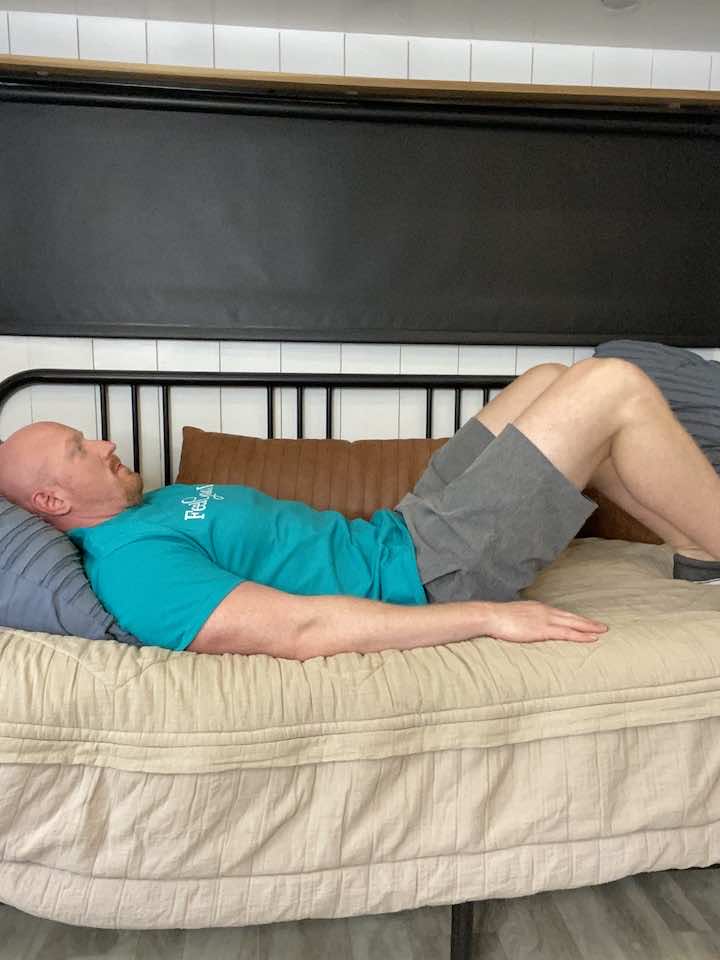
- Begin on your back; knees bent, and feet flat on the floor.
- Exhale and draw your belly button towards your spine (as if a string was pulling on the inside of your belly button from the ground).
- Hold for 5 seconds before relaxing.
- Do this 10 times for one set, and complete 2 sets.
2. Pelvic Tilt
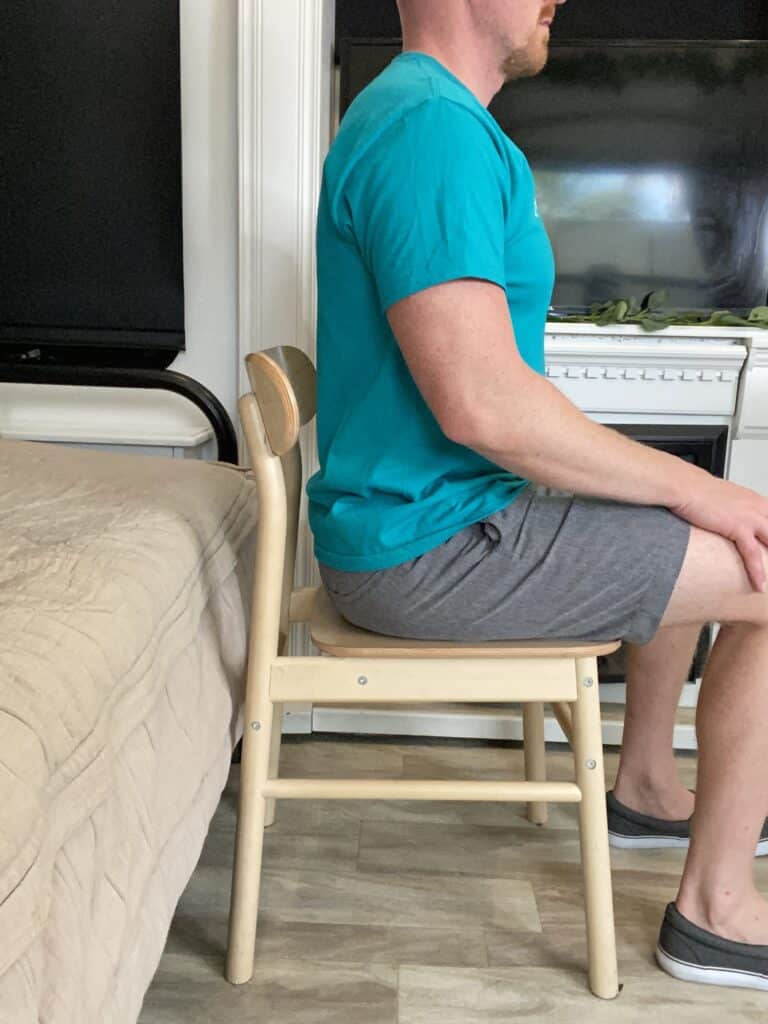
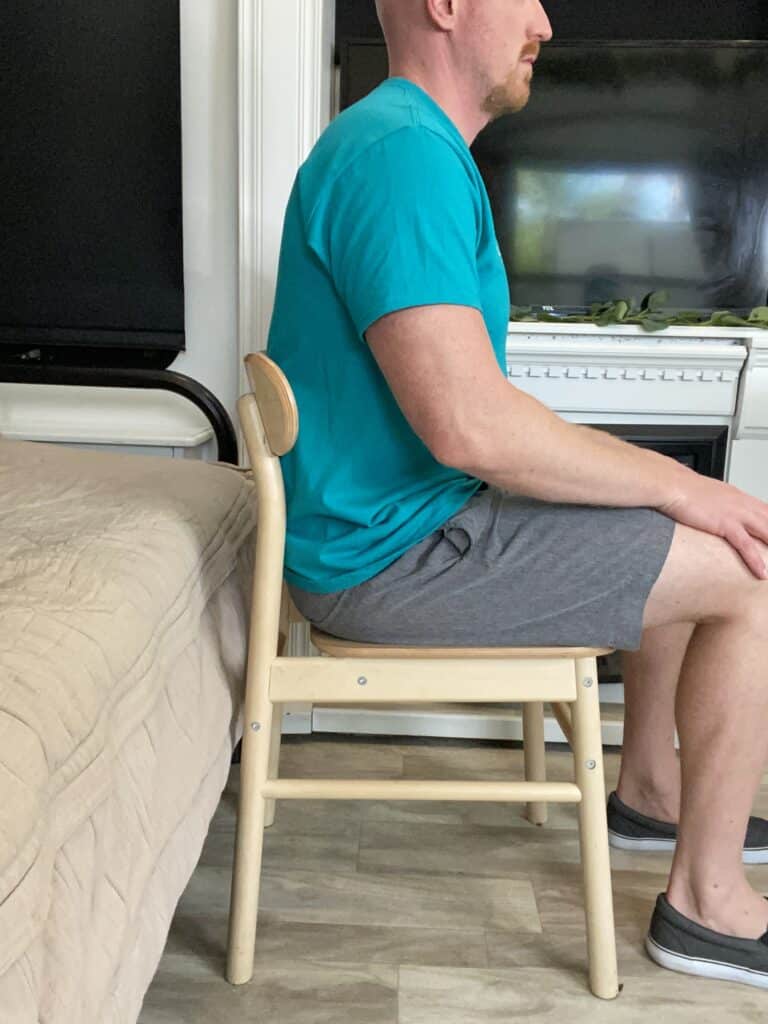
- Sit upright in a chair with your shoulders relaxed. Take a deep inhale and expand your belly.
- As you exhale, contract your abdominal muscles by pulling your belly button in towards your spine and flattening your low back against the chair.
- Hold this position for 5 seconds and then slowly relax.
- Perform 10 repetitions for a total of 3 sets.
3. Supine Marching
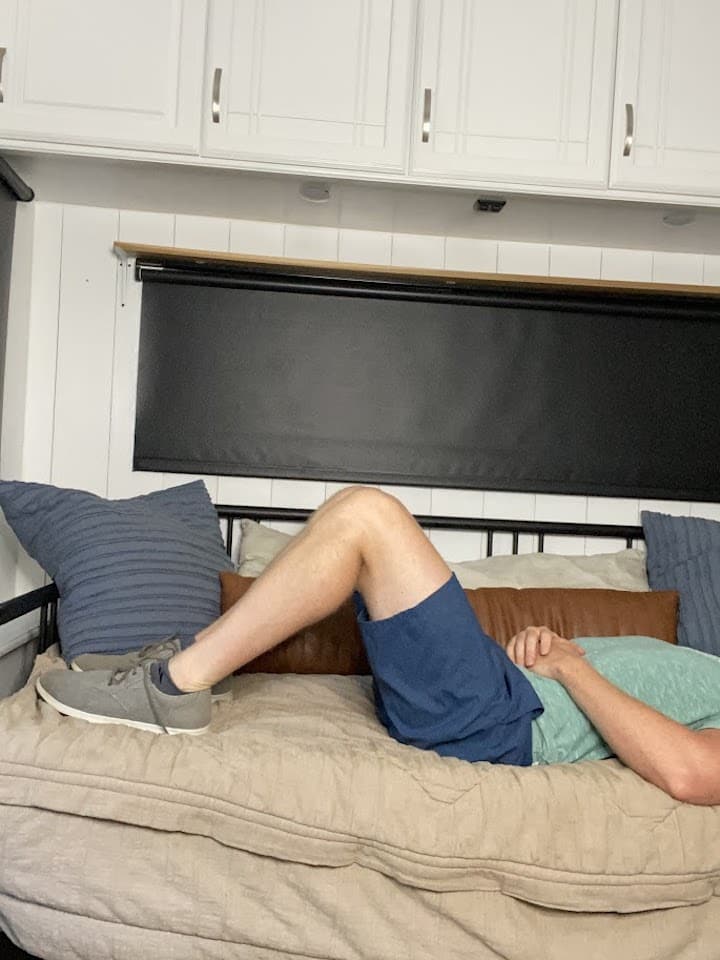
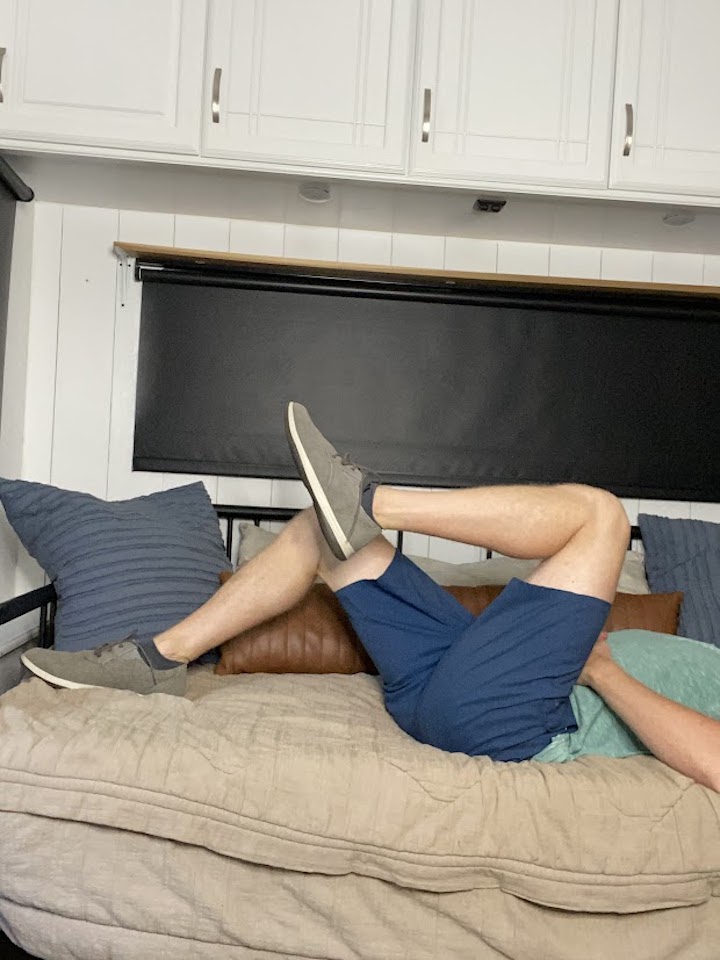
- Starting position: Laying flat on your back (on your bed, couch, or floor), with your knees bent and feet flat on the surface.
- To activate your transverse abdominis, try to pull the belly button down towards the surface, gently flattening the back simultaneously. This will help to brace the core.
- While keeping this braced core (don’t forget to breathe!), lift one knee towards your chest, like a march, then lower back down to the surface.
- Repeat 10 repetitions for 3 sets. Perform on the opposite leg.
- You can perform all repetitions on one side, switch to the other or perform alternatingly between the legs.
4. Bent Knee Fallouts
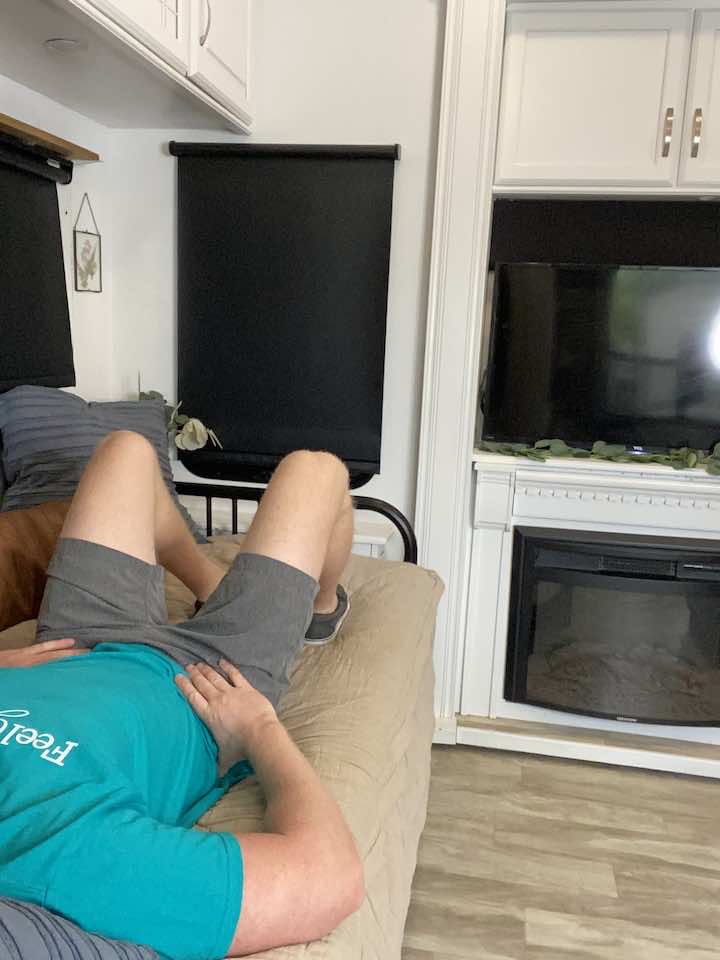
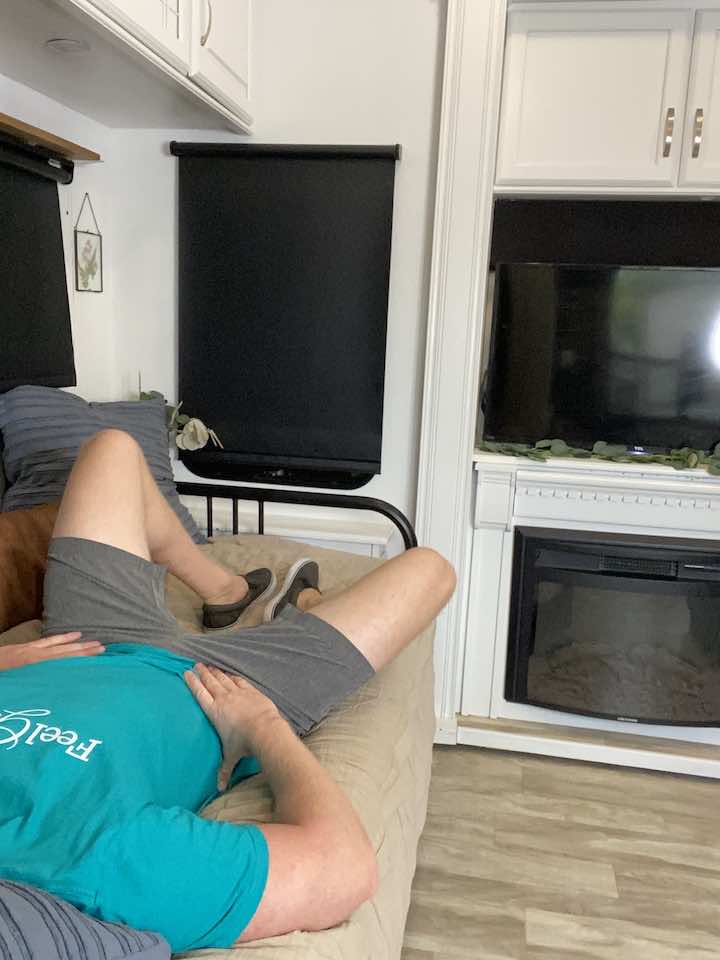
- Lie on your back with both knees bent and your hands on your hips.
- Engage your core by bracing your muscles like a trampoline surface. It’s a subtle movement and shouldn’t feel like you’re pushing your core up or sucking your core in. Just a gentle brace as though someone was about to place a weight on your belly.
- Keep your left knee frozen where it is, then let your right knee lower to the side 45 degrees and come back to the center. Keep your core engaged the whole time. You can monitor for control by using your hands on your hips. If your hip drops to the right side as the right leg moves, you’re not keeping your core engaged. The goal is for your hips to stay perfectly still while you perform this asymmetrical movement.
- Perform sets on the right side, then repeat on the left.
B: For Hip Strength
1. Clamshells
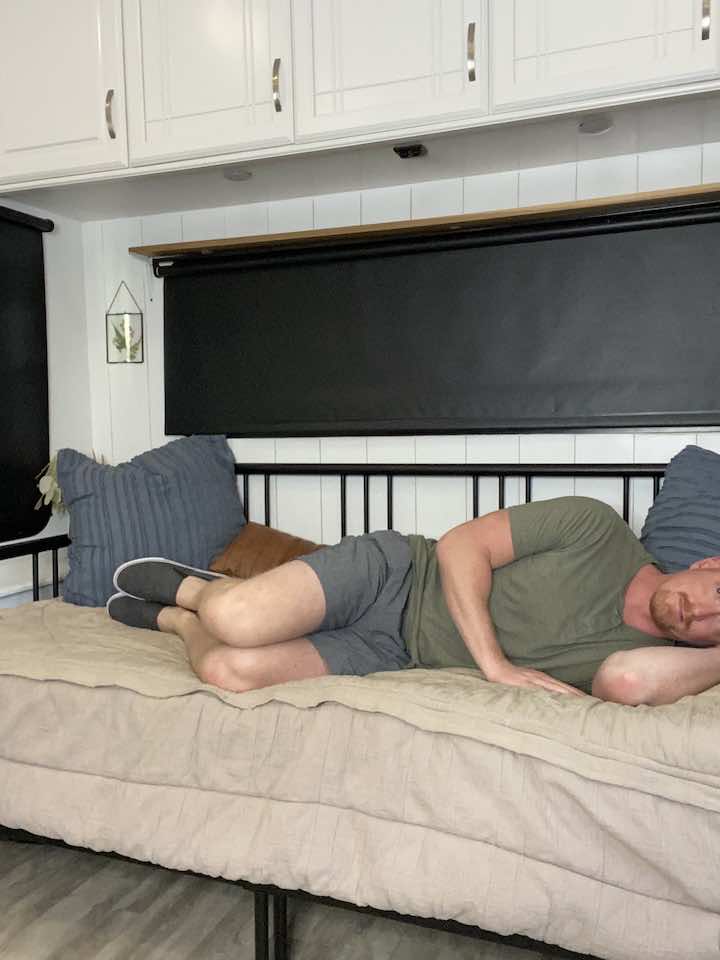
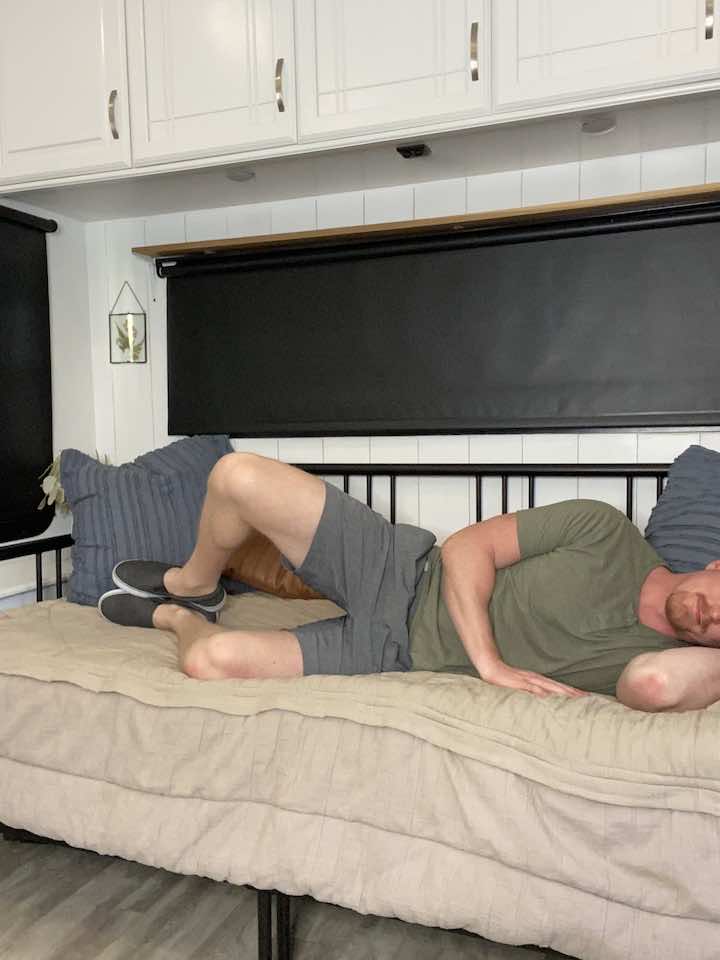
- Start by paying on your side with both knees bent.
- Keep your feet in contact with each other, and then rotate your top leg up.
- Make sure you keep your spine in alignment and your hips don’t rock back! Rule of thumb is to do a smaller range of motion if you think your back is moving.
- Rotate your top leg back down to the starting position.
- Do this 10 times for one set, and complete 3 sets.
2. Standing Hip Lifts
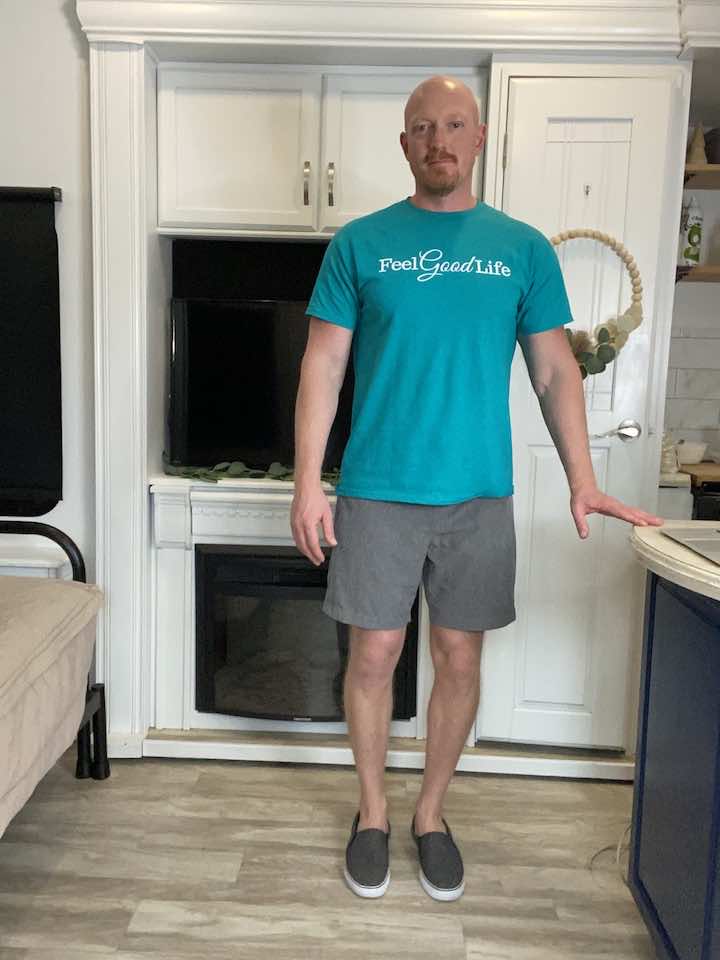
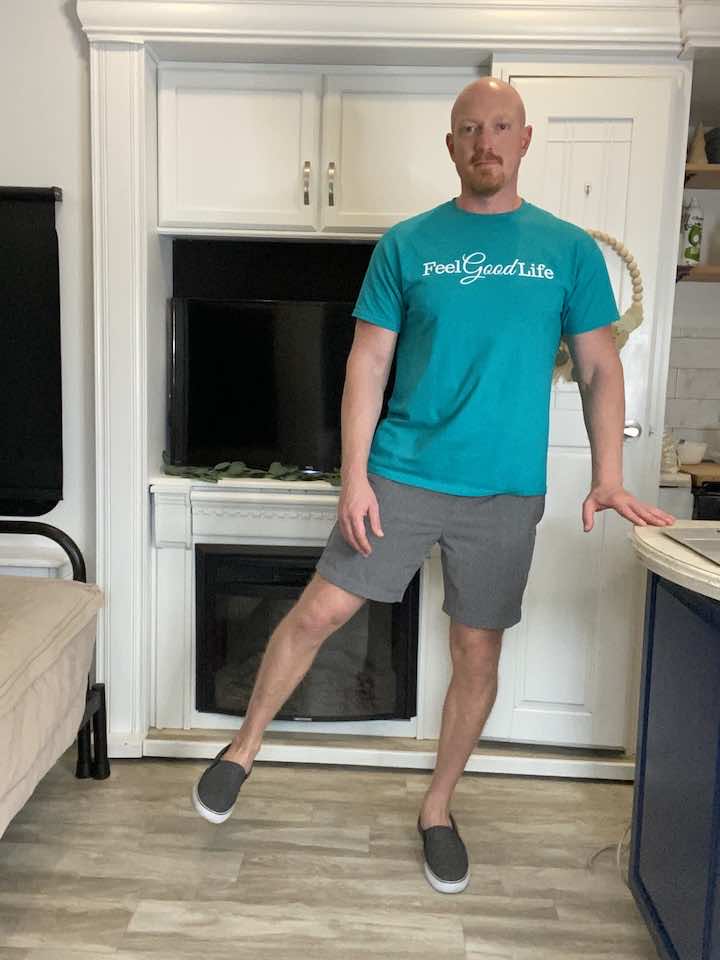
- Stand tall with one hand placed on a bed or chair. Balance on your left leg, keeping a soft bend in your knee to keep from locking out.
- Leading with your heel, lift your right leg out to the side. Be sure not to lean to the left.
- Repeat 10 times per leg.
- Complete 3 sets of the exercise.
3. Standing Hip Extension
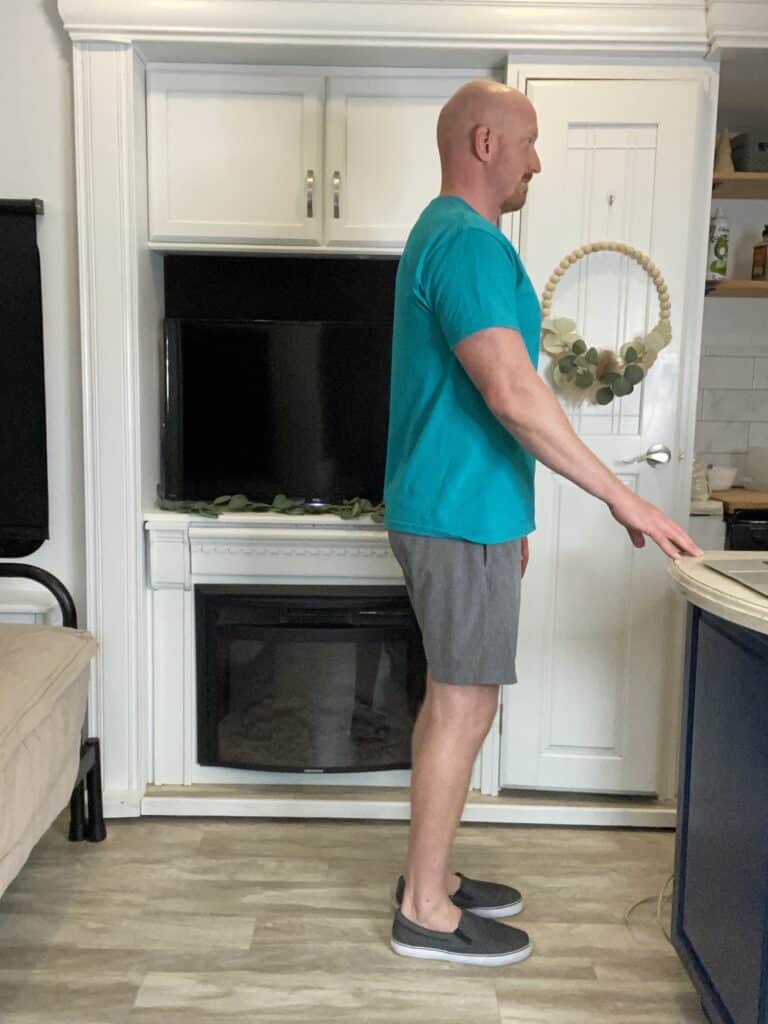
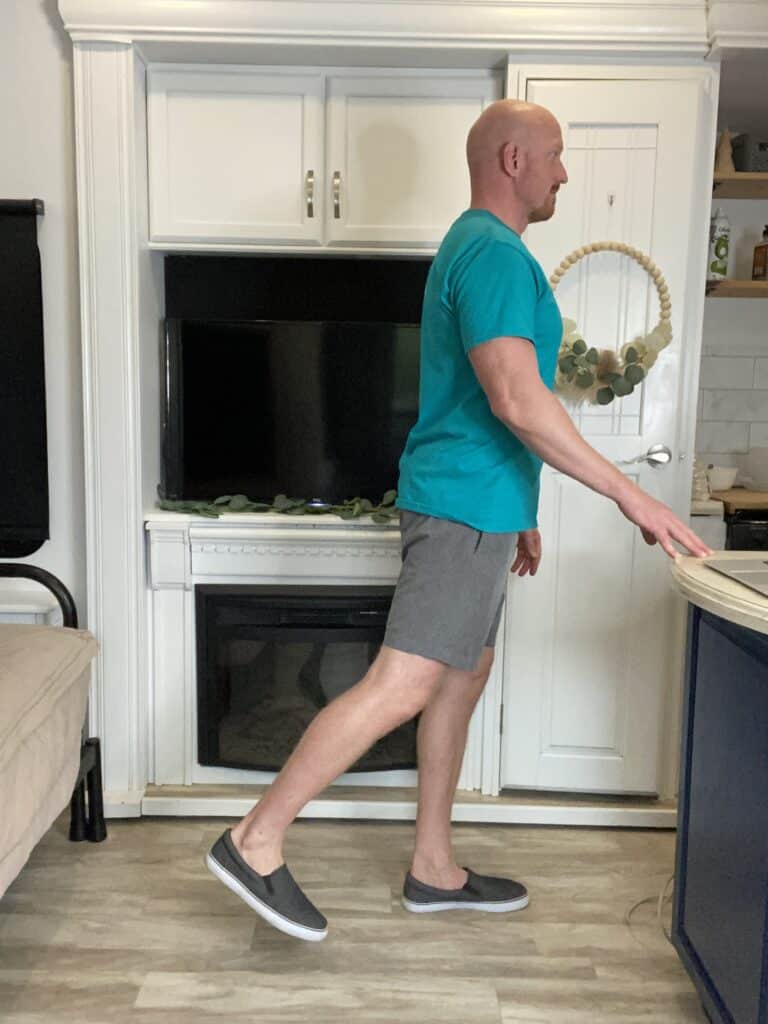
- Stand tall with your hands placed on a steady surface. You can use a counter, sink, or chair (no chairs with wheels) to hold on to for balance.
- Shift your weight onto your left leg, keeping a soft bend in your left knee to keep it from locking out.
- Then, keeping your toes pointed forward and your right leg straight, lift your right leg back a few inches, then lower back down.
- Repeat 10 times per leg for 3 sets.
Taking Care of Your Core and Hips
To get the most out of these exercises, it’s important to take good care of your core and hips every day.
- Sit and Stand Tall: Always try to keep a good posture, whether you’re sitting at your desk or standing in line.
- Move More: Try to stay active throughout the day, even if it’s just taking short walks.
- Stretch It Out: Adding some stretching into your day can help keep your muscles flexible and prevent tightness.
- Drink Water: Keeping hydrated helps your muscles work better and keeps you feeling good overall.
- Choose the Right Chair: If you sit a lot, find a chair that helps you keep a good posture to avoid strain on your back and hips.
Wrapping Up
Strengthening your core and hips with lumbo-pelvic stability exercises is a simple and effective way to improve your overall health. These exercises are easy to do at home and can make a big difference in how you feel every day.
By taking small steps to strengthen this area, you’ll enjoy better posture, less pain, and more energy. Start today and feel the benefits of a stronger, more stable you!













